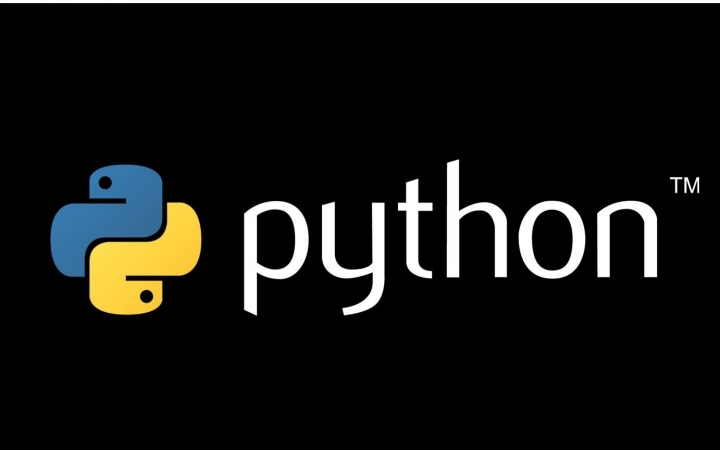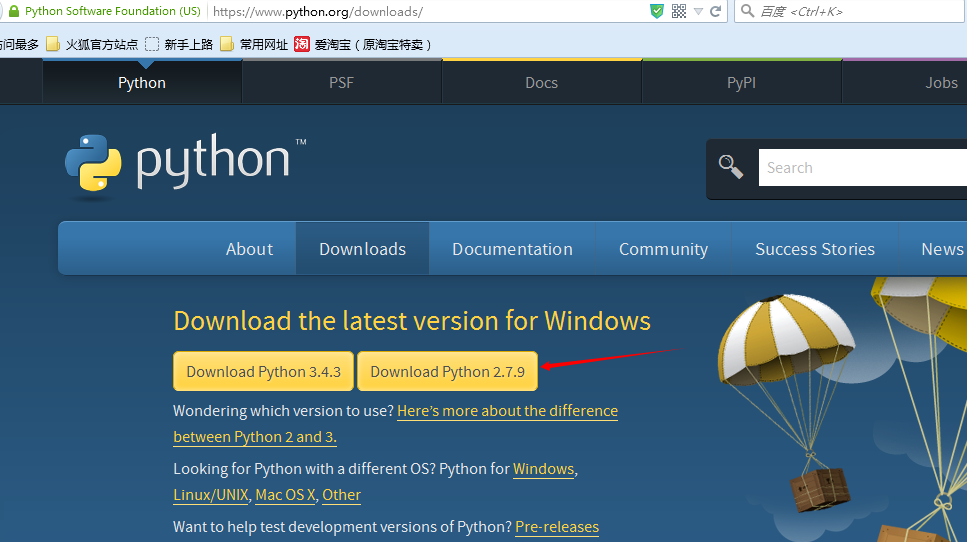5 recommended articles about python basics
1. Variable naming rules 1. Variable names can only be any combination of letters, numbers, and underscores 2. Variable names cannot start with numbers 3. Some reserved fields cannot be used as custom variable names 4. Variable names need to have a clear meaning. For example, a variable that saves a name is best defined as a variable name such as name. 2. Character encoding The function of character encoding is to convert input characters into machine codes. ASCII code is the earliest character encoding in the world. The earliest character encoding in China is GB2312, which contains more than 7,000 Chinese characters and symbols. After the first expansion, more than 20,000 Chinese characters were included. The character encoding is GBK1.0. The second After this expansion, a total of more than 27,000 Chinese characters were included, and the character encoding is GB18030. In order to unify character encoding internationally, Unicode character encoding was introduced because this encoding requires more storage space than the original ASCII encoding when storing English. Later, After compression optimization, UTF-8 character encoding was introduced. This encoding is still one character per byte when storing English, and three bytes when storing a Chinese character. 3. Python user interactive program Python has a variety of interactive programs, which can also be called interpreters. The most commonly used interactive program is CPython
1. Detailed explanation of python basic knowledge

Introduction: python has a variety of interactive programs, which can also be called interpreters. The most commonly used interactive program is CPython, and the fastest code running speed is PyPy.
2. Summary of learning python basic knowledge string

Introduction: This article introduces a summary of the basic knowledge of strings in learning python
3. Basic knowledge of Python functions

#Introduction: This article starts from the internal functions provided by the system, the function library provided by the third party + the simple crawling out of the code and the process of installing the httplib2 module and user customization The function is described in three aspects. Has very good reference value. Let’s take a look with the editor below
4. Collection of summary of basic python knowledge
Introduction: This article I will give you a summary of the basic knowledge of collections in Python. It is very simple and easy to understand. Friends who need it can refer to it.
5. Python basic introductory study notes (Python environment construction)

Introduction: This article mainly introduces the basic introductory study notes of python. This is the first article to start learning the basic knowledge of python. Only by consolidating the Python basics can you go further. Interested friends can Please refer to
[Related Q&A recommendations]:
python - datetime time output problem
The above is the detailed content of 5 recommended articles about python basics. For more information, please follow other related articles on the PHP Chinese website!

Hot AI Tools

Undresser.AI Undress
AI-powered app for creating realistic nude photos

AI Clothes Remover
Online AI tool for removing clothes from photos.

Undress AI Tool
Undress images for free

Clothoff.io
AI clothes remover

Video Face Swap
Swap faces in any video effortlessly with our completely free AI face swap tool!

Hot Article

Hot Tools

Notepad++7.3.1
Easy-to-use and free code editor

SublimeText3 Chinese version
Chinese version, very easy to use

Zend Studio 13.0.1
Powerful PHP integrated development environment

Dreamweaver CS6
Visual web development tools

SublimeText3 Mac version
God-level code editing software (SublimeText3)

Hot Topics
 1656
1656
 14
14
 1415
1415
 52
52
 1307
1307
 25
25
 1255
1255
 29
29
 1229
1229
 24
24
 Python vs. C : Applications and Use Cases Compared
Apr 12, 2025 am 12:01 AM
Python vs. C : Applications and Use Cases Compared
Apr 12, 2025 am 12:01 AM
Python is suitable for data science, web development and automation tasks, while C is suitable for system programming, game development and embedded systems. Python is known for its simplicity and powerful ecosystem, while C is known for its high performance and underlying control capabilities.
 How Much Python Can You Learn in 2 Hours?
Apr 09, 2025 pm 04:33 PM
How Much Python Can You Learn in 2 Hours?
Apr 09, 2025 pm 04:33 PM
You can learn the basics of Python within two hours. 1. Learn variables and data types, 2. Master control structures such as if statements and loops, 3. Understand the definition and use of functions. These will help you start writing simple Python programs.
 The 2-Hour Python Plan: A Realistic Approach
Apr 11, 2025 am 12:04 AM
The 2-Hour Python Plan: A Realistic Approach
Apr 11, 2025 am 12:04 AM
You can learn basic programming concepts and skills of Python within 2 hours. 1. Learn variables and data types, 2. Master control flow (conditional statements and loops), 3. Understand the definition and use of functions, 4. Quickly get started with Python programming through simple examples and code snippets.
 Python: Games, GUIs, and More
Apr 13, 2025 am 12:14 AM
Python: Games, GUIs, and More
Apr 13, 2025 am 12:14 AM
Python excels in gaming and GUI development. 1) Game development uses Pygame, providing drawing, audio and other functions, which are suitable for creating 2D games. 2) GUI development can choose Tkinter or PyQt. Tkinter is simple and easy to use, PyQt has rich functions and is suitable for professional development.
 Python vs. C : Learning Curves and Ease of Use
Apr 19, 2025 am 12:20 AM
Python vs. C : Learning Curves and Ease of Use
Apr 19, 2025 am 12:20 AM
Python is easier to learn and use, while C is more powerful but complex. 1. Python syntax is concise and suitable for beginners. Dynamic typing and automatic memory management make it easy to use, but may cause runtime errors. 2.C provides low-level control and advanced features, suitable for high-performance applications, but has a high learning threshold and requires manual memory and type safety management.
 Python and Time: Making the Most of Your Study Time
Apr 14, 2025 am 12:02 AM
Python and Time: Making the Most of Your Study Time
Apr 14, 2025 am 12:02 AM
To maximize the efficiency of learning Python in a limited time, you can use Python's datetime, time, and schedule modules. 1. The datetime module is used to record and plan learning time. 2. The time module helps to set study and rest time. 3. The schedule module automatically arranges weekly learning tasks.
 Python: Exploring Its Primary Applications
Apr 10, 2025 am 09:41 AM
Python: Exploring Its Primary Applications
Apr 10, 2025 am 09:41 AM
Python is widely used in the fields of web development, data science, machine learning, automation and scripting. 1) In web development, Django and Flask frameworks simplify the development process. 2) In the fields of data science and machine learning, NumPy, Pandas, Scikit-learn and TensorFlow libraries provide strong support. 3) In terms of automation and scripting, Python is suitable for tasks such as automated testing and system management.
 Python: Automation, Scripting, and Task Management
Apr 16, 2025 am 12:14 AM
Python: Automation, Scripting, and Task Management
Apr 16, 2025 am 12:14 AM
Python excels in automation, scripting, and task management. 1) Automation: File backup is realized through standard libraries such as os and shutil. 2) Script writing: Use the psutil library to monitor system resources. 3) Task management: Use the schedule library to schedule tasks. Python's ease of use and rich library support makes it the preferred tool in these areas.




